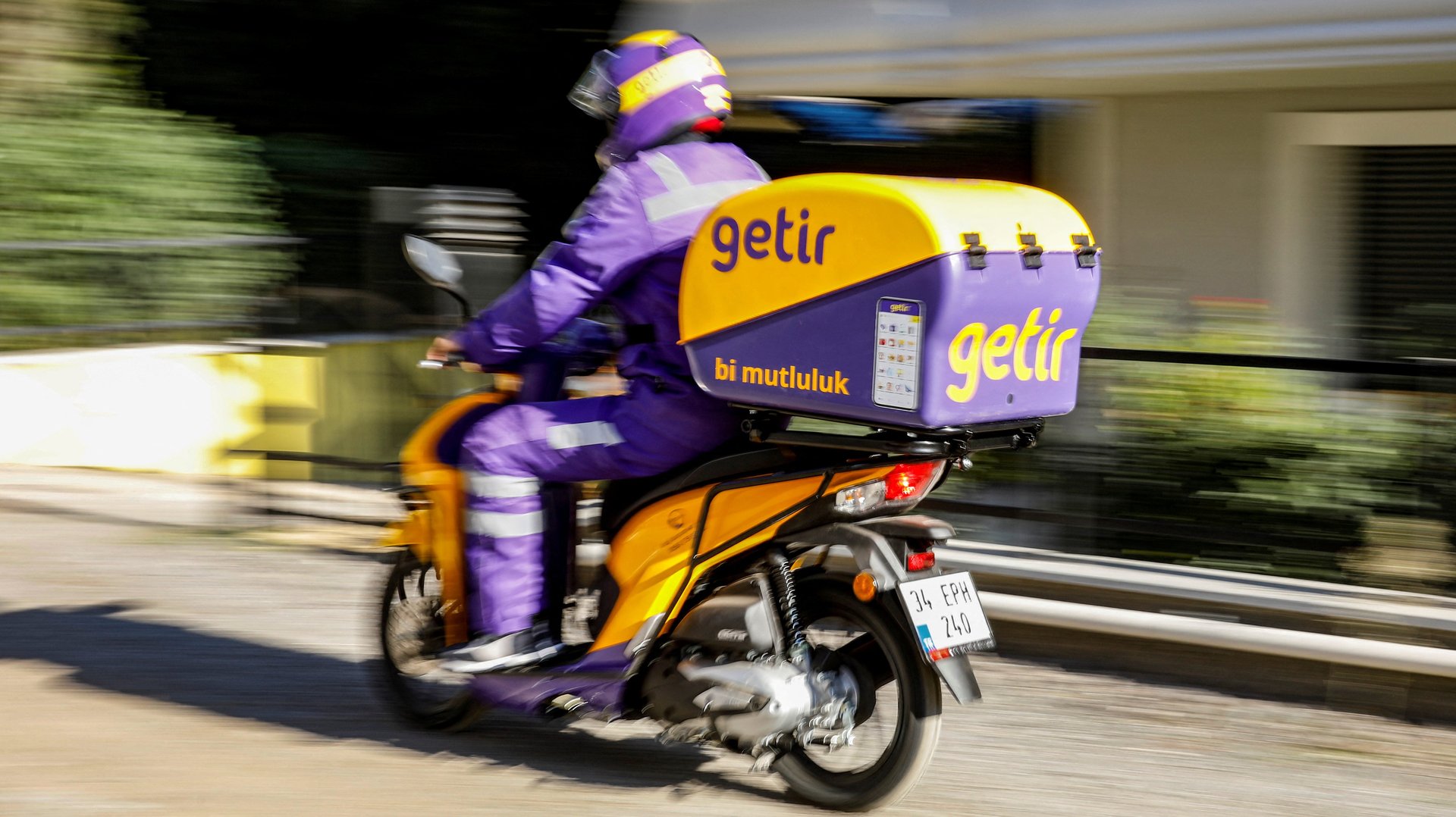Nobody wants to pay for ultra-fast food delivery
Ultra-fast delivery startups are either folding up or leaving markets, exiting the scene just as quickly as they arrived.


Ultra-fast delivery startups are either folding up or leaving markets, exiting the scene just as quickly as they arrived.
Another sign of potential turmoil for these unprofitable companies? Those that stick around continue to rely on giving users freebies. So far, they haven’t been able to convince customers to pay the full cost of delivery in 15 minutes or less. And while more established delivery players like Uber have been able to rely less on discounts in a pivot toward profitability, the ultra-fast delivery startups are trying to grow amid a volatile market in which both investors and customers are growing more wary of opening their wallets.
Nearly 30% of delivery orders from GoPuff, which is the biggest ultra-fast delivery player in the US, were discounted as of April, according to data from YipitData, a research firm.
The share of orders discounted is greater outside of the US. For instance, Getir, a Turkish ultra-fast delivery startup, has over 80% of its orders discounted in countries like Germany and France, according to YipitData.
Tech stocks have plummeted over the past three months, and that has pushed investors to prioritize profits. In response, companies are changing how they do business. For instance, Uber rides and restaurant deliveries have become more expensive. (Unlike the newer ultrafast deliver startups, established delivery players like Uber have been able to pull back on discounts to show investors a clearer path toward profitability.)
Attracting customers with cheap Uber rides and food delivery
Discounting is a way for delivery companies, which depend on scale, to quickly attract and retain customers. Over time, as more of the orders come from customers who have been with the firms for some time, the discounting percentage should go down, said Daniel McCarthy, an assistant professor of marketing at Emory University. For rapid-delivery companies, the fact that discounting share remains high implies a less clear path to profitability.
“There is way too much money that went into this sector,” said Mathias Schilling, a founding partner at Headline, a venture capital firm that invested in GoPuff. “Six months ago, this is the best thing and incredible… and now everything is negative. This extreme exuberance by the people is like ridiculous.”
The rapid growth of ultra-fast delivery companies
In the past couple of years, as the demand for delivery skyrocketed, ultrafast delivery services with abstract-sounding names—Buyk, Getir, Jokr—came onto the scene. Venture capitalists invested $28 billion into rapid delivery globally, more than double the amount in 2019, according to data from PitchBook, a research firm.
Like Uber’s playbook, these companies, flush with venture capital funding, burned cash fast to move into new markets and attract and retain customers with cheap services. The biggest services like GoPuff, Gorillas, and Getir relied on high order volumes and a shift in consumer shopping habits to achieve profitability, said Alex Frederick, a PitchBook analyst.
But the model works best when markets are stable and VC funding is plentiful, he added.
It’s hard to make money in food delivery, as the money is split among retailer or restaurant, food delivery company, and worker. It’s even harder for faster delivery, as it requires hiring workers as employees and often comes with no minimum order. That allows a customer to order a pint of ice cream to be delivered in 15 minutes, a costly loss for ultra-fast delivery companies.
The question now is whether these companies will be able to sustain such losses, at a moment when funding is harder to come by, or will they follow in the footsteps of past rapid delivery companies that sprung up in the dot-com boom before going out of business.